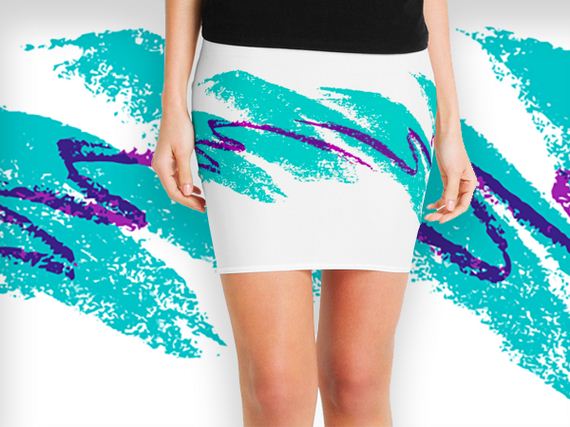
You may not know it’s proper name, or even where you saw it, but corporate designs are among the most influential art forms your brain may not even recognize.
It is rare for the artists to ever be recognized, but here are some of the most recognizable designs and who was behind them.
Such as with Gina Ekiss and her “Jazz” cup design. You may not have known it was even called the Jazz cup but you probably knew there was a wax cup out there with this design that you have never asked about out loud.
In 1989 the Sweetheart Cup Company held an employee design contest for a new cup. She received no accolades or even a bonus for the design, but she can rest easy knowing it’s one of 25 things “90’s Kids Remember.”
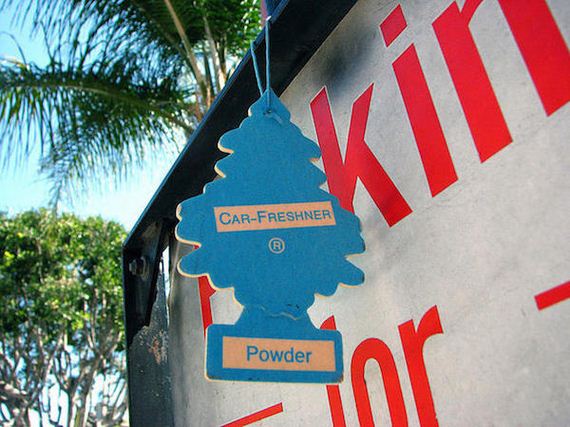
The car freshening pine tree was invented and designed by German born Jewish chemist Julius Samann who fled the Nazi’s when immigrating to the United States. His milkman complained about the smell of the spoiled product when making rounds, so Samann found a way to simulate pine smell and overcome it.
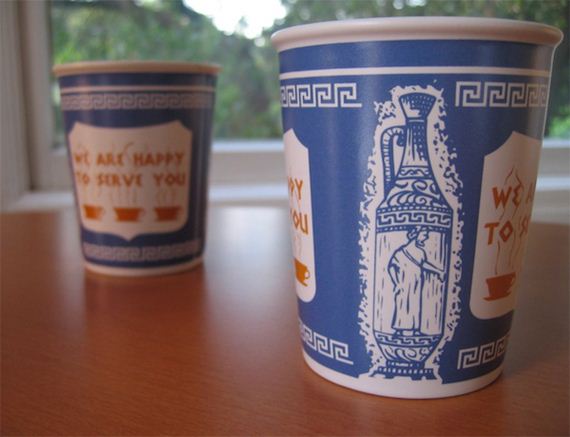
The Anthora coffee cup was designed by Leslie Buck.
Buck was just a cup salesman (yes that used to be a thing), he had no formal art training or background in design but had the good business sense to notice that most of the area diners he was selling cups to were owned by Greek immigrants.
It worked too, by 1995 Buck’s company was averaging more than 500 million cups sold per year.

The Container Corporation of America sponsored a contest to create a symbol for the recycling process. University of Southern California senior Gary Anderson sent in the winning design. Today it’s all over million of cardboard products and recycling bins.

Arthur Fry and Spencer Silver were both employees at the 3M company. Silver invented an adhesive that left no residue and Spencer attached it to some paper to save his spot in a hymn book. And the post-it was born!

Many kids today may wonder why “save” is represented as a ” weird square thing.”
Well kids there used to be this thing called a floppy disk- anyway, back when user interfaces were new and fancy icons didn’t exist yet. A woman on the Macintosh team named Susan Kare designed all of the original Macintosh icons for the system. She said she made them on graph paper.
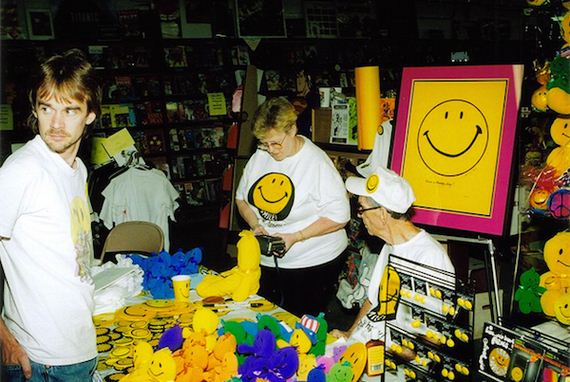
No, the smiley face was not created by Tom Hanks wiping shit off of his face on a movie set. Graphic artist Harvey Ball was the actual man behind the smile, and he created it way back in 1963 to boost morale of employees at an insurance company. He was paid $45 dollars for his time on the project. Neither he nor the company ever filed for a copyright on the image.

Pierre de Coubertin was not only the designer of the Olympic rings but also one of the first organizers for Athens in 1896. The rings represent the five continents of the world and was presented tot he Olympic congress in 1914. A week before the assassination of Archduke Franz Ferdinand.
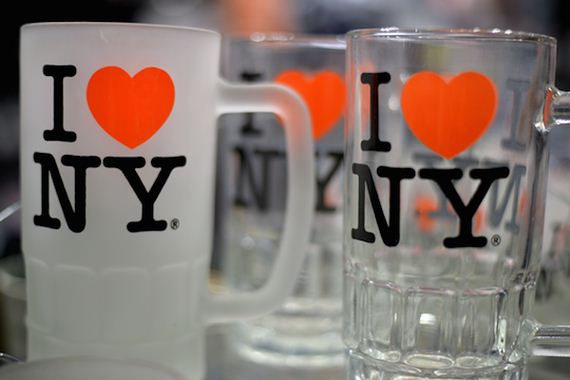
Commissioned by the New York State Department for Economic Development, the iconic “I love NY” design was created by Milton Glaser. Milton is a pretty accomplished guy too, having also created the logo for New York Magazine and DC comics.

Charles O’Rear was on a drive in Sonoma county California. He stopped to take a photo of a hill. The photo was licensed to a company called Corbis, which happened to be owned by Microsoft founder Bill Gates. It became the iconic background for Windows XP shortly after.

The hill is still there today, but bares little resemblance to the original photograph.

Gerald Holtom was a conscientious objector during World War II and was a part of the post-war non proliferation movement. He designed a symbol to represent his grief, meant to be simple but convey a man with his palms outstretched. Today Holtom’s design is found everywhere and is thought of as a universal symbol for peace amongst mankind.
 Barnorama All Fun In The Barn
Barnorama All Fun In The Barn